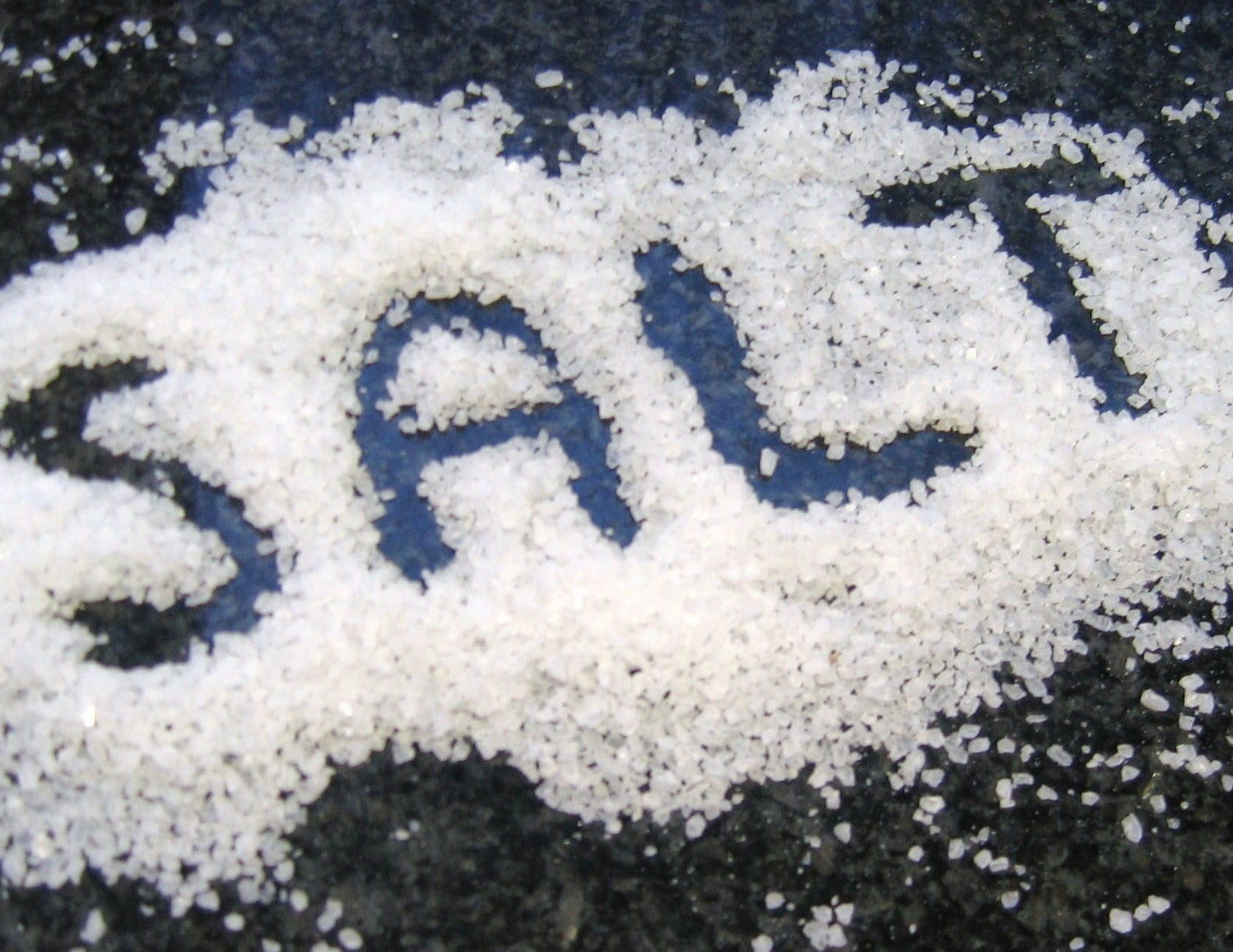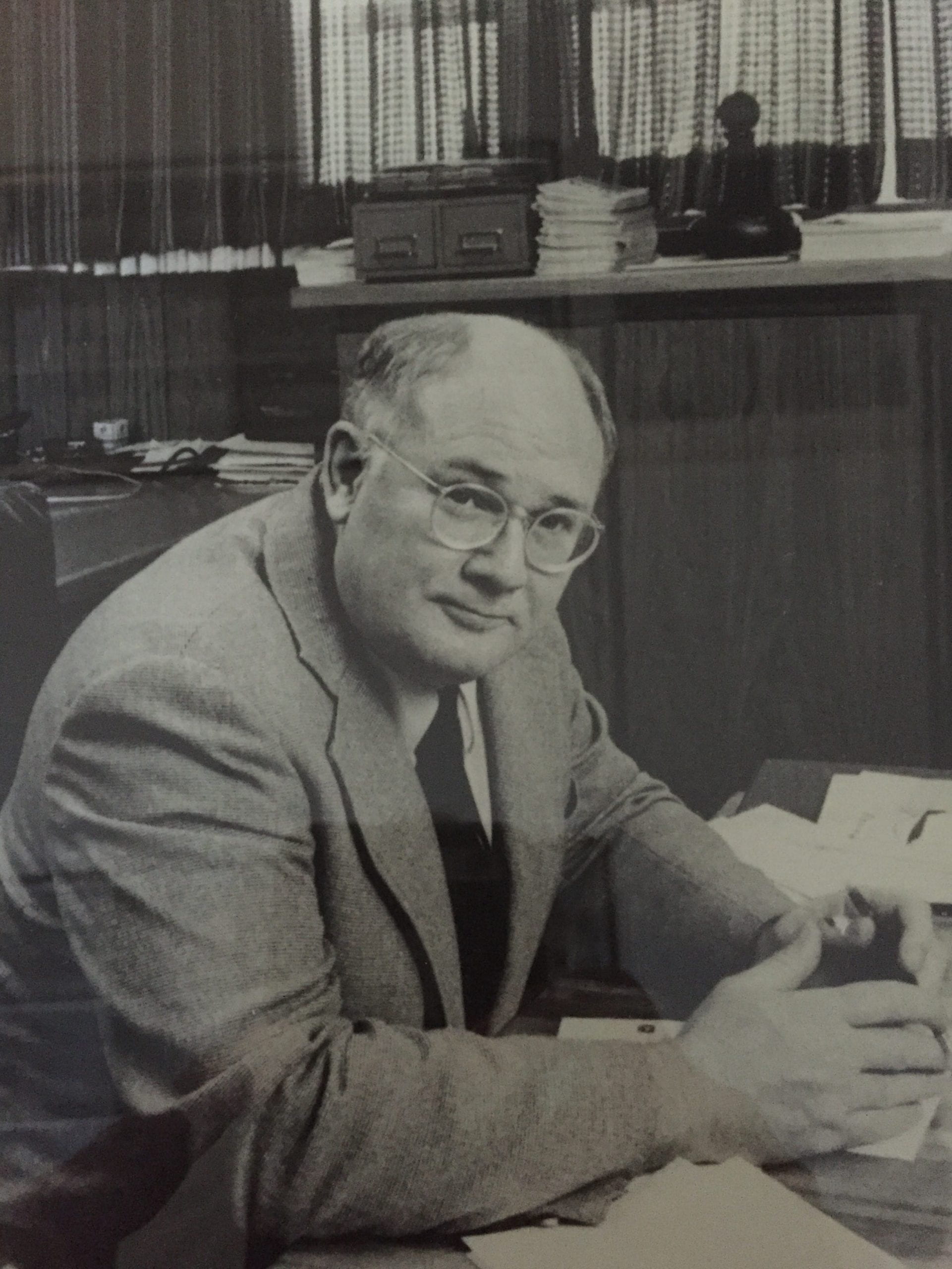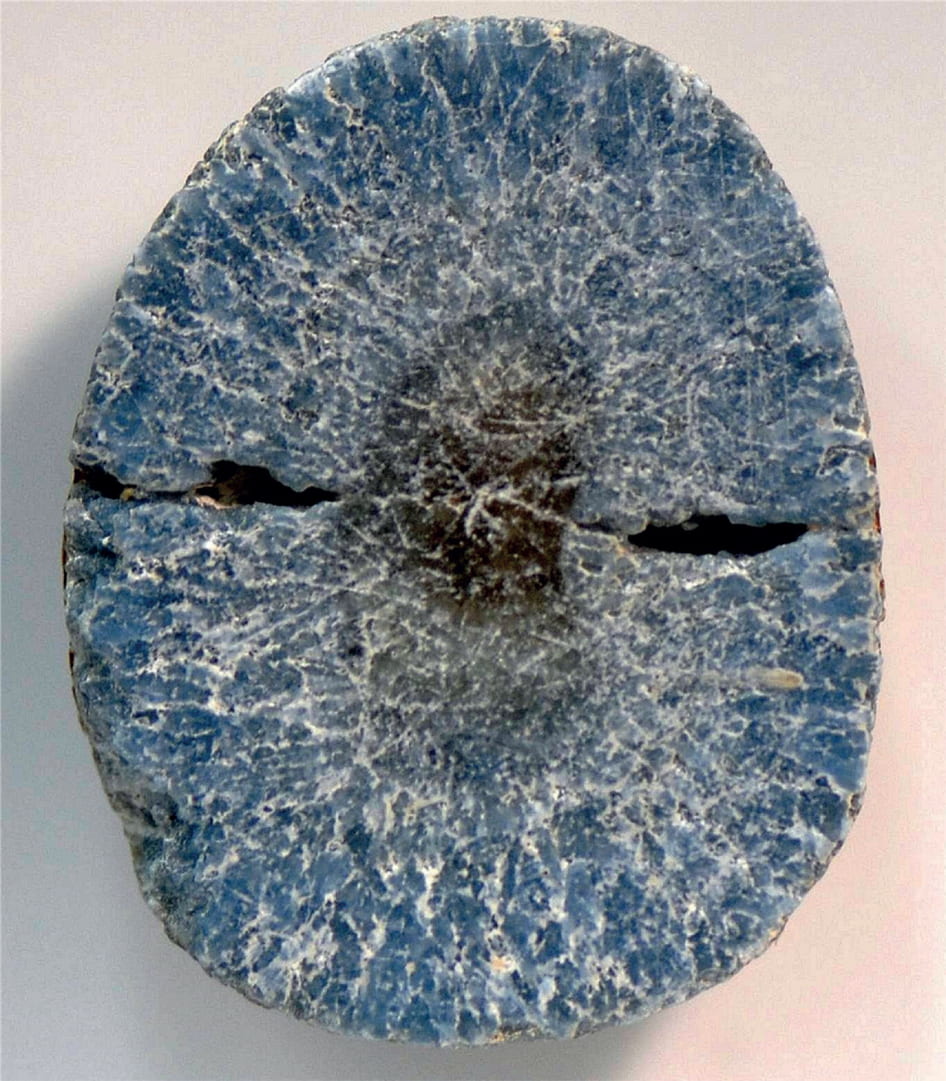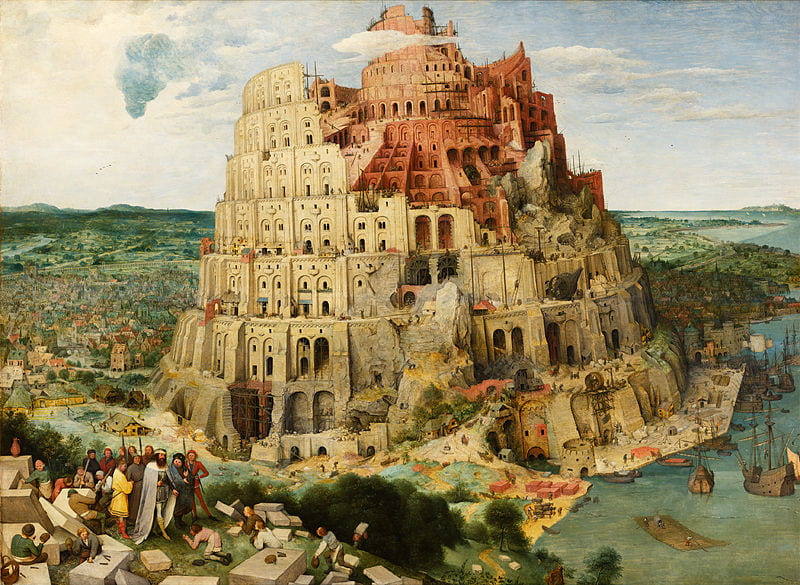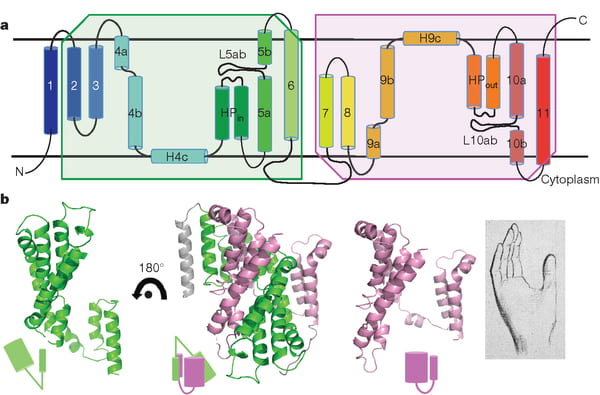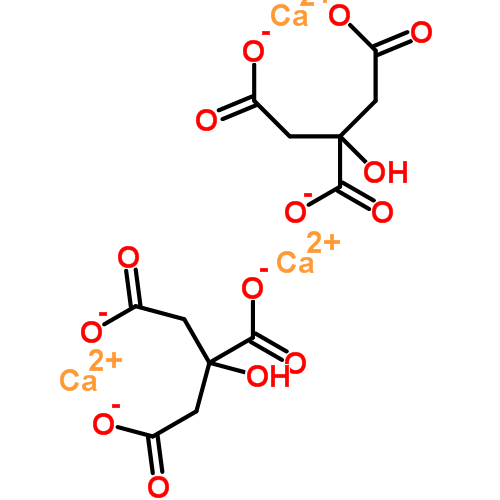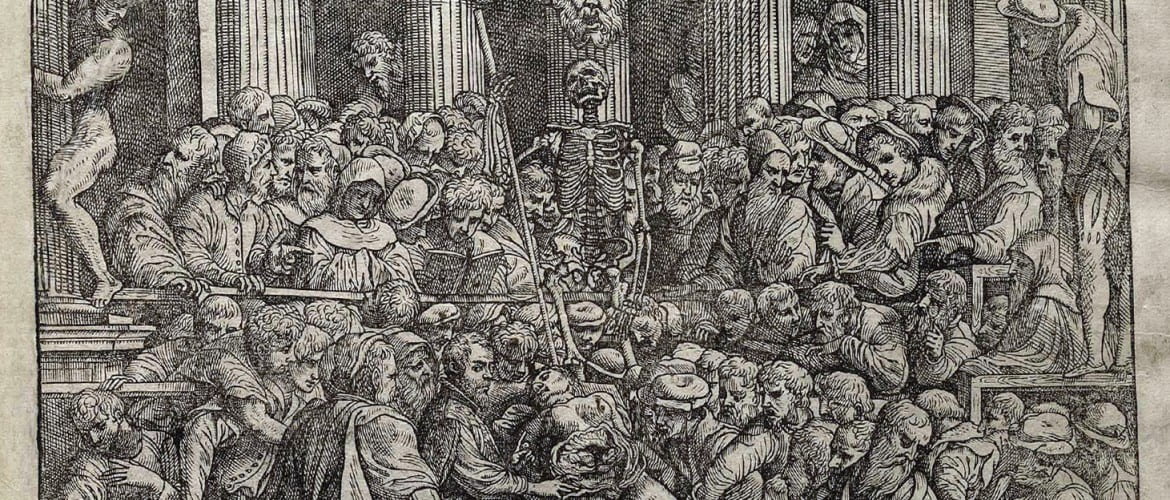
For Physicians
Content Collections
Guide Book
Video Collection
New Book
Articles For Patients
SALT
Get ready. We have covered stones, supersaturation, stone risk, potassium citrate, and more, but now we are coming to a central mystery – a pivotal issue in whether or not treatment will work or not. Calcium is the first name of most kidney stones, and the calcium in stones comes mainly from the urine. So the urine calcium is a big deal. Yet it is sodium chloride, humble table salt, that strongly controls how much calcium is in the urine. Genes play a role, protein, too, lots of factors. But salt intake is so modifiable, so amenable to change it has a massive role in treatment. Here is my best on the subject. I hope you like it.
CLINICAL SUPERSATURATION
This is the essential basis for modern kidney stone prevention. I review its limitations, and how much information it provides on the pattern of stone risk factors for a given patient. Also, I show how much variation within a day hides in the 24 hour averaging and what you should do about it, and point out why you need at least two 24 hour urines before treatment. If you have signed up for my emails, read the one for this article because it explains how it is put together and best read.
CHAPTER 9: CYSTINURIA: An Introduction for Patients
A very useful introduction by Dr Anna Zisman. In general the articles on this site are a bit more detailed and referenced than this one, but the disease is very complex and we thought a fairly simple and brief introduction would be ideal for patients and their families.
MARRIAGE OF SCIENCE AND MEDICINE
I have no illusions this will have mass appeal, but the topic is important and many patients may have an interest in how medicine and science work together in general and in this disease as a particular example. Unlike the rest of this site where I am redacting and elaborating well known themes, here I am forced into originality by the general poverty of writing on the subject. For those who like this kind of writing, the Site Logic Page is its natural home. For those who do not – no doubt a vast majority – pass by.
CHAPTER 10: BARIATRIC SURGERY AND KIDNEY STONES
Obesity Is Epidemic World Wide Anyone can find ample evidence of US obesity. Here is a recent CDC map. In response, 'bariatric' surgeries designed to reduce body fat stores by limiting and re-routing nutrient absorption have risen to very high levels. The American...
Citrate and the Ostwald Limit
This article will take you for a ride and offer you some surprises.
It is about how urine resists crystallization, a property summed up in the forbidding term ‘Upper Limit of Metastability.’
But don’t be scared off.
The ULM is a powerful concept that will help you understand the real issues in stone prevention.
And, at the end of the article, you will find that quite possibly it is not the mysterious and giant collection of urine proteins which protect us against crystals but perhaps our familiar citrate molecule in league with another small molecule, inorganic pyrophosphate which is a close relative of the bone sparing and common bisphosphonate drugs.
Enjoy.
Potassium Citrate: The Contributions of Dr. Charles Pak
It seems to me important to highlight not only what we can do for stone prevention, but here and there to recognize those people who have given us what we have. Charles Pak’s work was instrumental in getting potassium citrate into the real world as a treatment. He helped to establish it worked, and helped industry make a practical pill form of it. As my tribute to him I have reviewed some his most important papers on the subject. Anyone who uses the drug should care.
HOW POTASSIUM CITRATE PILLS WORK
This article is long and complex but I think patients will want to trouble themselves to read it. It tells the story of how our diet in the US, Europe, and urban Asia imposes an acid load which the kidneys must remove. That demand forces them to conserve citrate which is a natural defense against kidney stones. The pills neutralize the diet acid, and release the kidneys from their lifelong task of compensating for how we eat. That is why the urine citrate can rise. Removing acid is a major task that affects how kidney cells work. The humble potassium citrate pills have massive and probably beneficial effects on those cells. Of course, diet could the same as the pills, but how can one pursue a diet against the tendencies of the culture? Even with a will, most of us could not get it right – the balance of food, a proper nutrition. I could not advise we try.
THE GRAND INHIBITOR
Here is part two: citrate slows and can even stop stone crystals from growing. It does this by binding calcium, not the calcium in the urine but calcium atoms already part of a calcium stone crystal.
By binding to structural calcium atoms, citrate interferes with the orderly arrangement of atoms that is necessary for the crystal to exist, so one can think of inhibition and binding as two aspects of one power.
Like binding itself, this is not easy material to present or read. It is like climbing a tall hill for the view. If you will follow me up, I promise a reward.
CALCIUM BINDING BY CITRATE
The citrate molecule in urine is thought to protect against formation of calcium stones. This thought began as reasoning from chemistry, and culminated in clinical trials which substantiate the idea. As a result manufacturers produce citrate products for medicinal...

